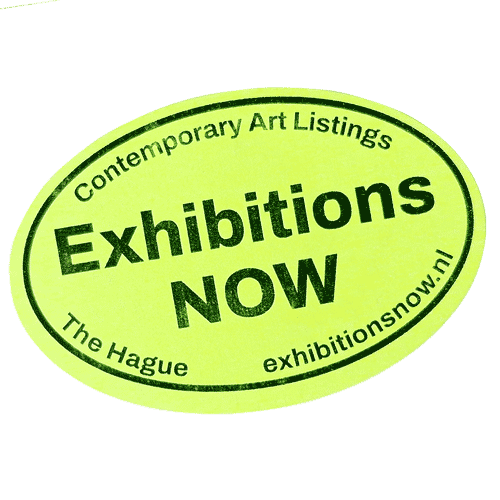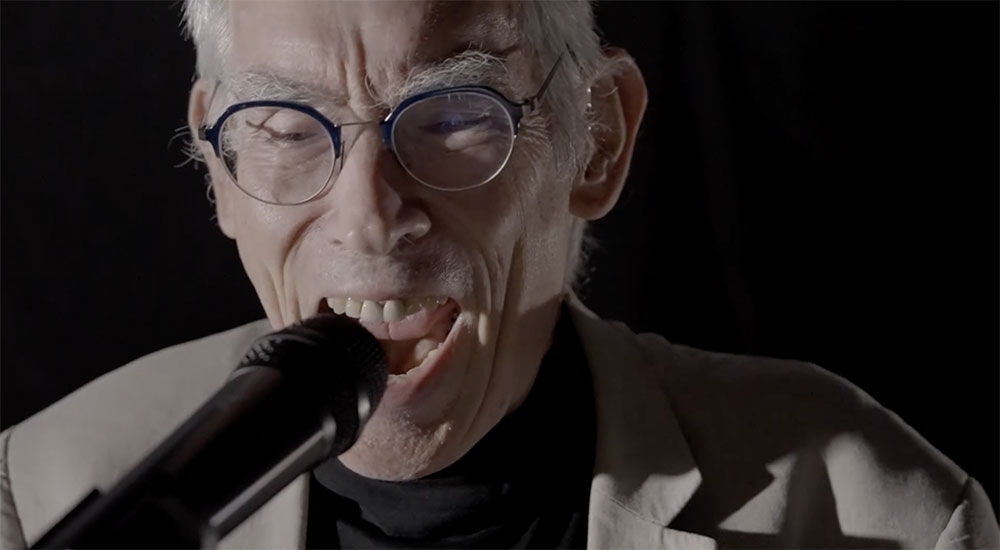Who is this for?
A workshop for anyone who wants to explore the inner depths and outer reaches of voice, text, music and sound in an exploratory improvisational framework.
Some vocal ability and the willingness to improvise and explore are the only prerequisites. We will work in a playful way, using games and improvisational structures. Sometimes we will use short sound poems from the history of that genre and work on interpretations of them.
About the workshop
Sound Poetry and Extended Vocal Techniques with Jaap Blonk
As a start, Jaap Blonk will give a short introduction to sound poetry, presenting and demonstrating some historical works as well as his own scores.
Working collaboratively, participants will develop materials and strategies for pushing formal and conceptual boundaries to create improvisational compositions. Along the way, we will encounter and practice many extended vocal techniques, and learn which might cause damage to the voice and which don’t.
We will also go into notation possibilities and writing strategies.
About Jaap Blonk:
Jaap Blonk (born 1953 in Woerden, Netherlands) is a self-taught composer, performer, poet and visual artist. His unfinished studies in mathematics and musicology mainly created a penchant for activities in a Dada vein, as did several unsuccessful jobs in offices and other well-organized systems.
In the early 1980s he discovered the power and flexibility of his voice, and set out on a long-term research of phonetics and the possibilities of the human voice. At present, he has developed into a specialist in the creation and performance of sound poetry and a unique vocal improviser, supported by a powerful and uninhibited stage presence. He has performed and taught around the world, on all continents. With the use of live electronics and sometimes projection of visuals the scope and range of his concerts has acquired a considerable extension.
Blonk’s recorded / published output comprises some 75 titles: CDs, vinyl, cassettes and books. From his sound poetry scores he developed an independent body of visual work, also supported by his renewed interest in mathematical procedures. It has been exhibited in various countries, and selections have been collected in books by publishers in Germany, Ireland, Canada, the United States, Sweden and Brazil.


